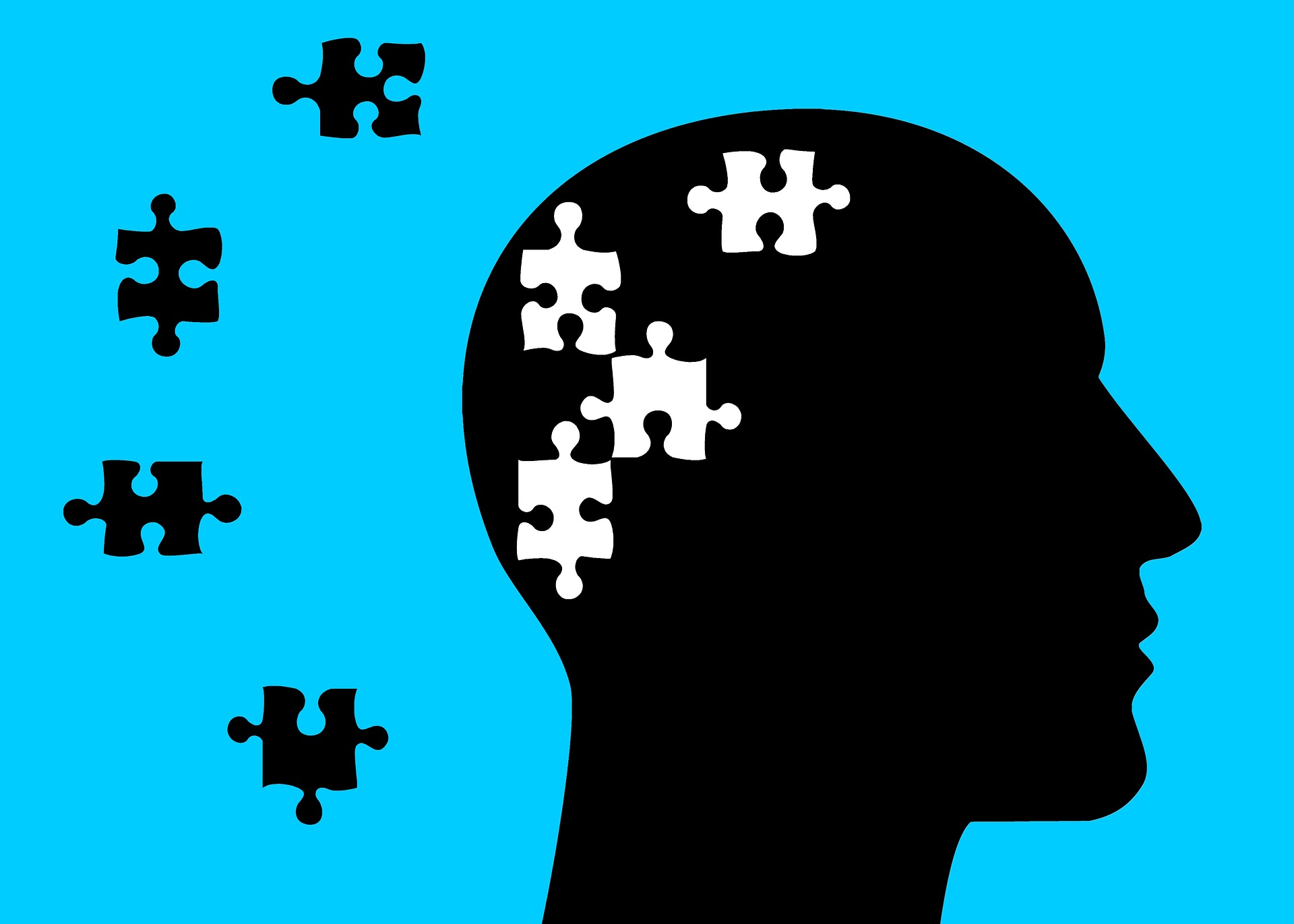Deep Brain
Reorienting – DBR
How does Deep Brain Reorienting Therapy work?
DBR (Deep Brain Reorienting) is a respectful and gentle way of doing therapy. DBR is a neurobiological approach to trauma therapy, it is considered a somatic (body-oriented) therapy. DBR begins by working in the brainstem accessing trauma and attachment breaches on a deeper level. DBR focuses on the neurophysiological responses to the trauma deeply working with the underlying affects of shock in the region called the superior colliculus. This relatively new therapy helps individuals to release and process the stored trauma.
What the DBR process does is process through the original shock with its physiological sequence that occurred when the brain was first alerted to the traumatic event or attachment breach.
Shock occurs during a traumatic event or attachment breach which keeps a person “stuck”. Clearing the shock helps the rest of the trauma or attachment breach to heal.
Because shock is experienced in the body so swiftly we need to slow down the shock experience that the body holds that it can be processed, which DBR is very good at doing just that. DBR not being a cognitive type of therapy focuses on noticing and being present with the sensations that the body holds as a result of shock. Once that clears emotions arise which further allows us to process the trauma or attachment breach. Being with the sensations of the body along with the emotions that come up is key to processing the trauma or attachment breach. It is not a cognitive process but rather an observational process of what your body and emotions reveal from the deep brain. It is simply staying curious with your body sensations and emotions rather than reliving the memory.
Also, the DBR healing process often helps access deep aloneness pain often being the root of the traumatic pain or attachment breach.
DBR is less of a verbal therapy as it is a somatic psychotherapy that focuses on the body’s responses, sensations and even movements to bring about the healing process of trauma and attachment breaches.


What does a DBR session look like?
Once an individual has gone through the necessary therapeutic steps then a DBR session can begin. A current event that is upsetting and triggering or a memory from the past can be used to be the focus of the DBR session.
We begin by engaging the superior colliculus that deeply aids a person to have a deep grounding experience giving a deep sense of where you are in the here and now that aids in preventing any experience of feeling overwhelmed during processing.
The therapist is present with you during the entire session though can be quite silent in order not to disturb what is going to be coming up, although will be checking in with you throughout the session time and time again. You as the client are asked to be sharing throughout the course of the session for support but also so that the therapist can be sure that your processing is moving along well. It is very important to stay with your experience so as to not be in your cognitive brain but rather in your deep brain.
You will be encouraged to identify and continue communication about your physiological experiences as subtle as they might be. These physiological responses can include slight changes to your breathing, muscle tension, twitchings and the like.
The length of DBR processing in a session will widely vary for each individual.
What to expect from DBR Therapy?
With all trauma shock is involved and research appears to show that the processing of the shock and the emotions accelerates the resolution to the trauma and attachment breaches. DBR is significantly more manageable and less overwhelming for clients/patients then other forms of therapy.
DBR is easier on clients, it aids clients to access and process traumatic experiences that impact their daily lives. Recent research shows that daily living and functioning improves with DBR as well as significantly reducing the symptoms of PTSD.
 Written by: James A. Miklos, M.C.C., R.P. - James has been counselling, and providing psychotherapy for over 30 years, is a public speaker and writer.
Written by: James A. Miklos, M.C.C., R.P. - James has been counselling, and providing psychotherapy for over 30 years, is a public speaker and writer.
© 2025 James A. Miklos. All rights reserved. To copy or quote any of this material this entire citation and credit must be posted.
More Resorces To Better Your Life!




